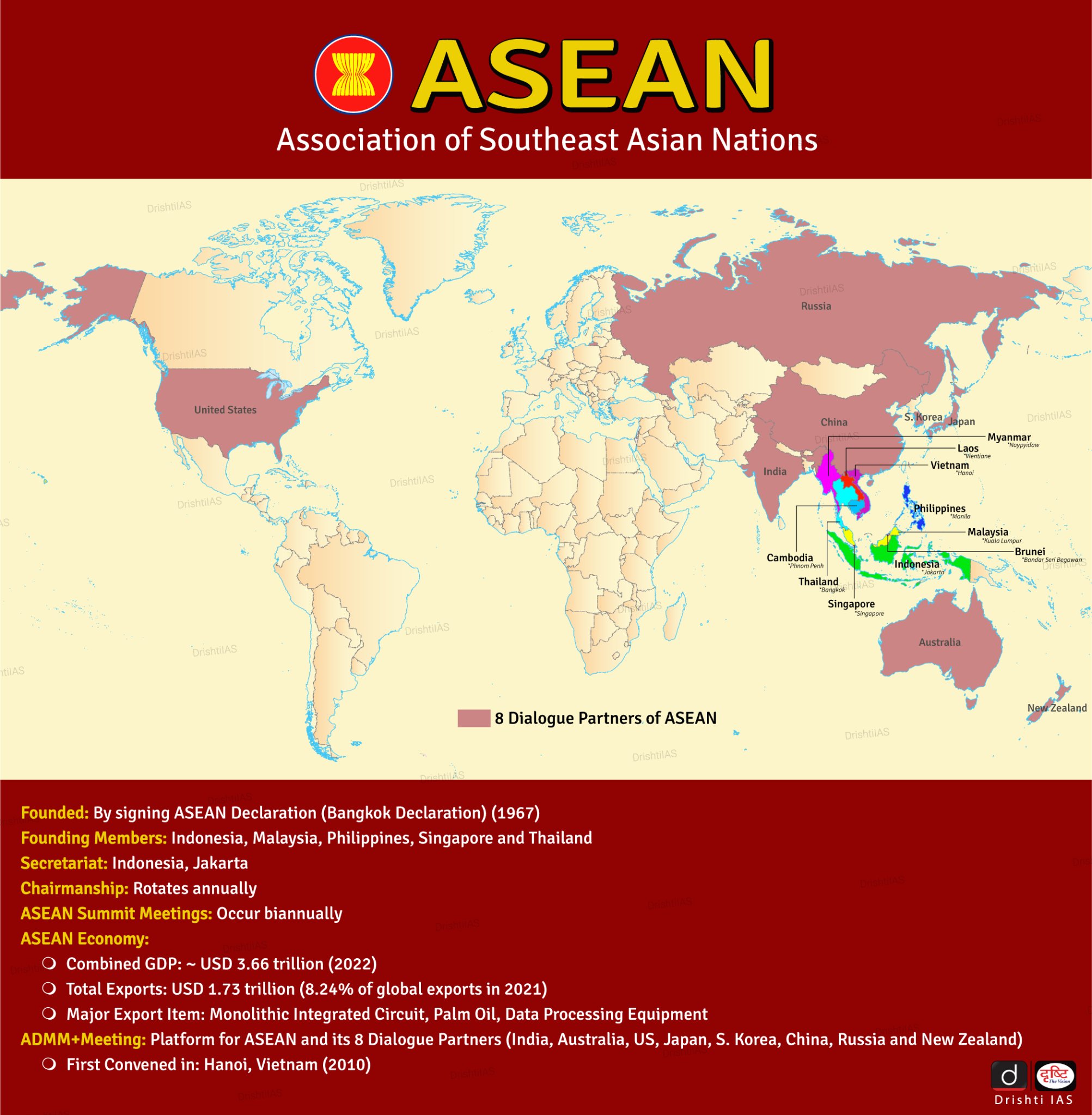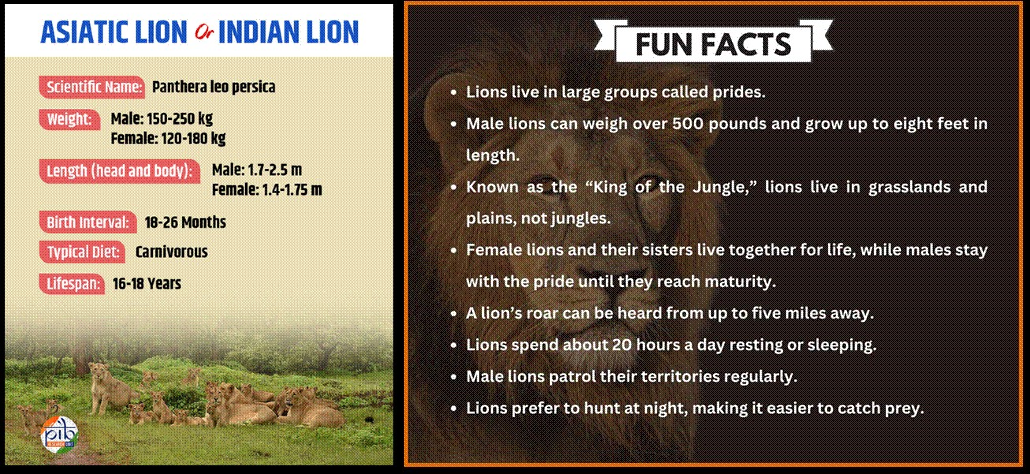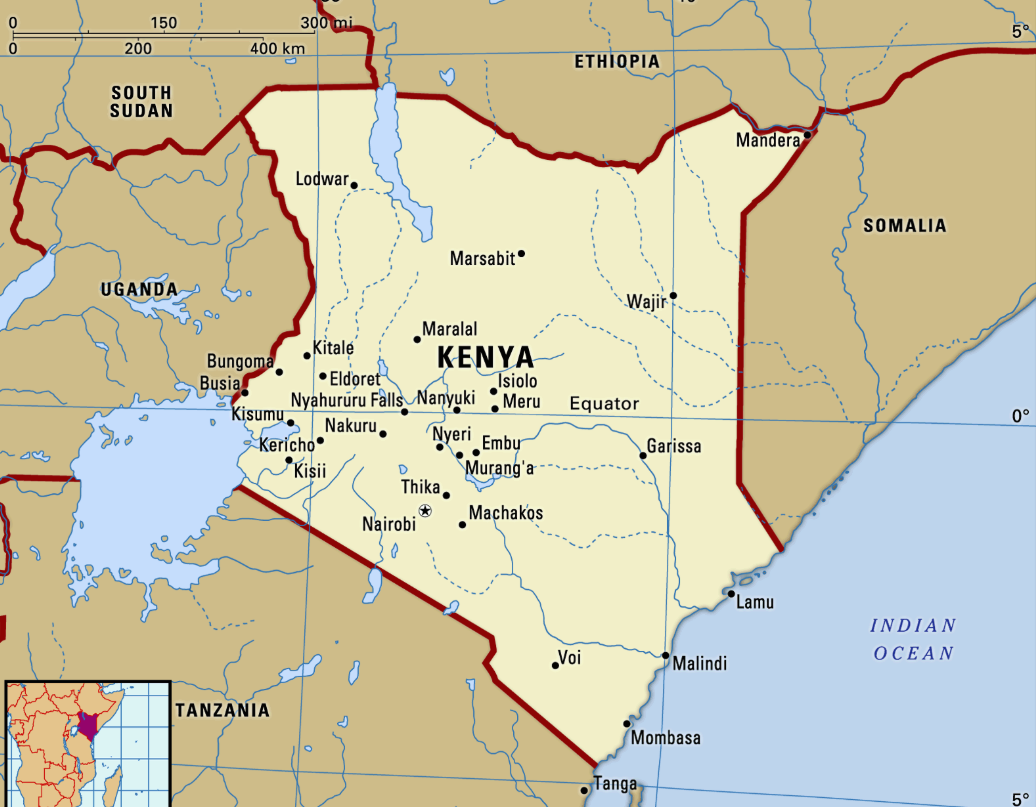Uttar Pradesh Switch to Hindi
Lucknow Invited to ASEAN Forum as Knowledge City
Why in News?
Officials of Lucknow Municipal Corporation were invited to attend the meeting of ASEAN Governors & Mayors Forum (AGMF) in Kuala Lumpur as a 'Knowledge City', after gaining recognition for its initiatives in cleanliness, green development, and sustainable urban management.
Key Points
- About: The AGMF, originally the ASEAN Mayors Forum (AMF) in 2011, was founded to highlight local contributions to ASEAN integration.
- In 2018, AMF was accredited as an entity associated with ASEAN, due to ASEAN member states' official recognition of its common goals and contribution to ASEAN’s community building.
- Participants: The AGMF is being held from 10th August 2025 to 15th August 2025, bringing together governors, mayors, urban experts from Asia, and international organizations such as the German Corporation for International Cooperation (GIZ), United Cities and Local Governments Asia Pacific (UCLG ASPAC), and United Nations Economic and Social Commission for Asia and the Pacific (UNESCAP).
- Objective: The forum aimed to exchange knowledge on proven urban management models, sustainable growth, climate action, and citizen participation.
- Recognition: Lucknow was one of six Indian cities selected to share its experiences in urban management at this prestigious event, marking a significant achievement in its journey towards sustainability and better urban governance.
- Mayor Sushma Kharkwal, Municipal Commissioner Gaurav Kumar, and Additional Commissioner Arvind Kumar Rao presented the city's innovative projects.
- Key projects highlighted during the event included the establishment of the Shivri Solid Waste Processing Plant, along with other initiatives.
Uttar Pradesh Switch to Hindi
Shivaji Memorial in Agra
Why in News?
The Uttar Pradesh government has asserted its plan to construct a memorial dedicated to Chhatrapati Shivaji Maharaj in Agra’s Kothi Meena Bazar, marking a significant step in promoting tourism and cultural unity.
Key Points
- The UP government will fully fund the project, with no external collaboration.
- Construction of the project will be led by the Uttar Pradesh Tourism Development Corporation.
- The government is preparing to begin work on the memorial and museum, with a focus on ensuring cultural and historical accuracy.
Key Monuments in Agra and Their Builders
- Agra was founded by Sultan Sikandar Lodi of the Lodī dynasty in 1504.
- Agra Fort
- Builder: Akbar (initial construction), Shah Jahan (major structures)
- Prominent Buildings:
- Moti Masjid: Built by Shah Jahan
- Diwan-i-Aam (Hall of Public Audience): Built by Shah Jahan
- Diwan-i-Khas (Hall of Private Audience): Built by Shah Jahan
- Jahangiri Mahal: Built by Akbar
- Sheesh Mahal (Turkish Bath): Built by Shah Jahan
- Gardens: Built in Charbagh style, typical of Mughal architecture
- Tomb of Itmad-ud-Daula
- Builder: Noor Jahan (wife of Jahangir)
- Uniqueness: First Mughal structure made entirely of white marble.
- Taj Mahal (UNESCO World Heritage Site)
- Builder: Shah Jahan
- Uniqueness: Finest example of Mughal architecture, built in memory of Mumtaz Mahal (Arzuman Bano Begum). Known for its grandeur and opulence.
Chhatrapati Shivaji Maharaj
- About: Born on 19th February 1630, at Shivneri Fort, Pune was a visionary leader from the Bhonsle clan and the founder of the Maratha Empire, known for resisting the Mughal Empire and striving for self-rule.
- Major Battles: Battle of Pratapgad, Battle of Pavan Khind, Sacking of Surat, Battle of Purandar, Battle of Sinhagad, and Battle of Sangamner.
- The Wagh nakh, was used by Shivaji to kill Afzal Khan in the 1659 Battle of Pratapgad.
- Titles: Chhatrapati, Shakakarta, Kshatriya Kulavantas, and Haindava Dharmodhhaarak.
- Administration: Centralized administration with the Ashtapradhan (Council of Eight Ministers), abolished the Jagirdari System, implemented the Ryotwari System, and built a strong naval force for coastal defense.
- Shivaji is renowned for his innovative guerrilla warfare tactics, which influenced subsequent rulers and shaped the Maratha Military Landscapes.
National Current Affairs Switch to Hindi
World Lion Day 2025
Why in News?
The Ministry of Environment, Forest and Climate Change (MoEF&CC), in collaboration with the Gujarat Forest and Environment Department, marked World Lion Day 2025 (10th August) at the Barda Wildlife Sanctuary in Dwarka district, Gujarat.
- The event celebrated the conservation achievements under Project Lion, aimed at protecting the Asiatic lion (Panthera leo persica).
Key Points
- The lion population in Gujarat has risen by 32% since 2020, increasing from 674 to 891, according to the May 2025 lion population estimate (16th census).
- Barda Wildlife Sanctuary, part of the larger Gir Lion Landscape, is home to 17 Asiatic lions.
Key Facts About Project Lion
- Launched: 2020, to secure the future of Asiatic lions in Gujarat's Gir landscape.
- Focus Areas: Habitat improvement, ecosystem health, and human-wildlife conflict mitigation.
- Technologies Used:
- Radio-collaring & Camera Traps: For monitoring lion movements.
- GPS Tracking: Ensures efficient surveillance of lions and vehicles.
- Automated Sensor Grid: Includes magnetic, movement, and infrared heat sensors for wildlife tracking.
- GIS-based Real-Time Monitoring: Facilitates timely analysis and conservation management.
Key Facts About Lions
- The lion is divided into two subspecies: the African lion (Panthera leo leo) and the Asiatic lion (Panthera leo persica).
- Asiatic lions are slightly smaller than African lions.
- Characteristics:
- Lions are known for their distinctive appearance, including a tawny coat, a tufted tail, and a prominent mane in males.
- They are social animals and live in groups called prides. A pride typically consists of multiple females, their offspring, and a few adult males.
- Distribution and Habitat: Lions are found in sub-Saharan Africa, and a small population exists in the Gir Forest National Park (India).
- Protection Status:
- IUCN Red List:
- African Lion: Vulnerable (Globally)
- Asiatic Lion: Vulnerable.
- IUCN Green Status of Species Assessment:
- Lions: Largely Depleted category
- CITES: Appendix I for populations of India, all other populations are included in Appendix II.
- Wildlife (Protection) Act 1972: Schedule I and IV
- IUCN Red List:
- Conservation Efforts in India:
- Project Lion
- Asiatic Lion Conservation Project
National Current Affairs Switch to Hindi
Rudrastra – Asia’s Longest Freight Train
Why in News?
Indian Railways has achieved a significant milestone with the successful trial run of Rudrastra, the longest freight train in India and Asia, measuring 4.5 km.
Key Points
- About: On 7th August 2025, the Pandit Deen Dayal Upadhyay (DDU) Division of East Central Railway conducted a trial service between Ganjkhwaja station in Chandauli (Uttar Pradesh) and Garhwa (Jharkhand), covering 209 km in 5 hours 10 minutes at an average speed of 40.5 km/h.
- The train, consisting of six BOXN rakes with 354 wagons, was powered by seven engines—two at the front and one after every 59 bogies—carrying approximately 72 tonnes of goods per wagon, marking the largest freight load ever moved by Indian Railways in a single operation.
- The train ran on the Dedicated Freight Corridor (DFC) from Ganjkhwaja to Sonnagar, and then on the normal track to Garhwa Road.
- Significance: Running Rudrastra as a unified system reduces logistical overheads, enhances train capacity, and boosts the speed and efficiency of freight transportation in India.
National Current Affairs Switch to Hindi
Kenya Eliminated Sleeping Sickness
Why in News?
The World Health Organization (WHO) has officially certified Kenya as free from human African trypanosomiasis—commonly known as sleeping sickness—marking a significant public health victory for the nation.
- With this achievement, Kenya becomes the tenth country globally to eliminate the disease as a public health challenge.
- This is the second neglected tropical disease eliminated in Kenya, following the country’s WHO certification as Guinea worm disease-free in 2018.
Key Points About Sleeping sickness
- Sleeping sickness, caused by protozoan parasites transmitted by tsetse flies, is characterized by initial symptoms such as fever, headaches, and joint pain.
- In advanced stages, patients suffer from neurological effects, disrupted sleep patterns, confusion, and behavioral changes.
- The sleeping sickness is endemic in sub-Saharan Africa.
- Sleeping sickness significantly reduces the productivity of both humans and cattle (zebu cattle raised by Maasai tribes of eastern Africa).
Disease Eradicated by India
- India has eradicated Smallpox (1980), Polio (2014), Plague, Rinderpest (the Cattle Plague), Yaws and Maternal And Neonatal Tetanus (2015), trachoma (2024).
- India received Guinea worm disease-free certification status from the WHO in 2000.
Diseases Targeted for Elimination in India
- Malaria: Achieve zero indigenous cases by 2030.
- Lymphatic Filariasis (LF): Achieve <1% microfilaria rate in endemic areas (elimination by 2030).
- Kala-azar: Achieve annual incidence of <1 case per 10,000 population at block level.
- Certification requires 3 years of sustained elimination.
- Tuberculosis (TB): End TB by 2025 under the National TB Elimination Programme (NTEP).
National Current Affairs Switch to Hindi
International Day of the World's Indigenous Peoples
Why in News?
To mark the occasion of the International Day of the World's Indigenous Peoples, the MP postal department, in collaboration with the Indira Gandhi Rashtriya Manav Sangrahalaya (IGRMS), has organized a three-day philatelic exhibition.
- The event was inaugurated by Chief Postmaster General Vineet Mathur and Director of IGRMS, Prof. Amitabh Pande.
International Day of Indigenous Peoples
- About: Observed annually on 9th August, following the UN General Assembly's recognition of this day in December 1994.
- The day recognizes the first meeting of the United Nations Working Group on Indigenous Populations in Geneva in 1982.
- Theme for 2025: "Indigenous Peoples and AI: Defending Rights, Shaping Futures.”
- Key Facts Related to Indigenous Peoples Globally:
- There are an estimated 476 million Indigenous Peoples in the world living across 90 countries.
- They make up less than 6% of the world's population, but account for at least 15% of the poorest.
- They speak an overwhelming majority of the world’s estimated 7,000 languages and represent 5,000 different cultures.
2025 Equator Prize
- The UN Development Programme (UNDP) has announced the ten Indigenous-led, community-based organizations selected for the 2025 Equator Prize, recognizing their environmentally focused solutions that align with this year’s prize theme, "Nature for Climate Action."
- Bibifathima Swa Sahaya from India, one of the winners, supports village farmers through multi-cropping, seed banks, and solar-powered processing, blending traditional knowledge with regenerative agriculture and renewable energy.
Key Facts Related to Tribals in India
- About: In India, the term 'Adivasi' refers to various ethnic and tribal groups recognized as the aboriginal population, with Scheduled Tribes (STs) being those indigenous communities acknowledged by the government for special protection and support.
- According to the 2011 census, these ancestral groups make up approximately 8.6% of India's general population, which adds up to around 104 million people.
- Essential Characteristics: According to the Lokur Committee (1965), the essential characteristics of the tribes are:
- Indication of Primitive Traits
- Distinctive Culture
- Shyness of Contact with the Community at Large
- Geographical Isolation
- Backwardness
- Constitutional Provisions for STs:
- Article 15(4): Special provisions for the advancement of other backward classes (it includes STs)
- Article 29: Protection of Interests of Minorities (it includes STs)
- Article 46: The State shall ensure the welfare of weaker sections (including Scheduled Tribes) and protect them from injustice and exploitation.
- Article 275: Allocation of special funds from the Union Government to the State Government for enhancing the welfare and administration of Scheduled Tribes.
- Article 350: Right to conserve distinct language, script, or culture.
- Article 330 and 332: Reservation of seats for STs in Lok Sabha and State Legislatures.

.gif)

.png)





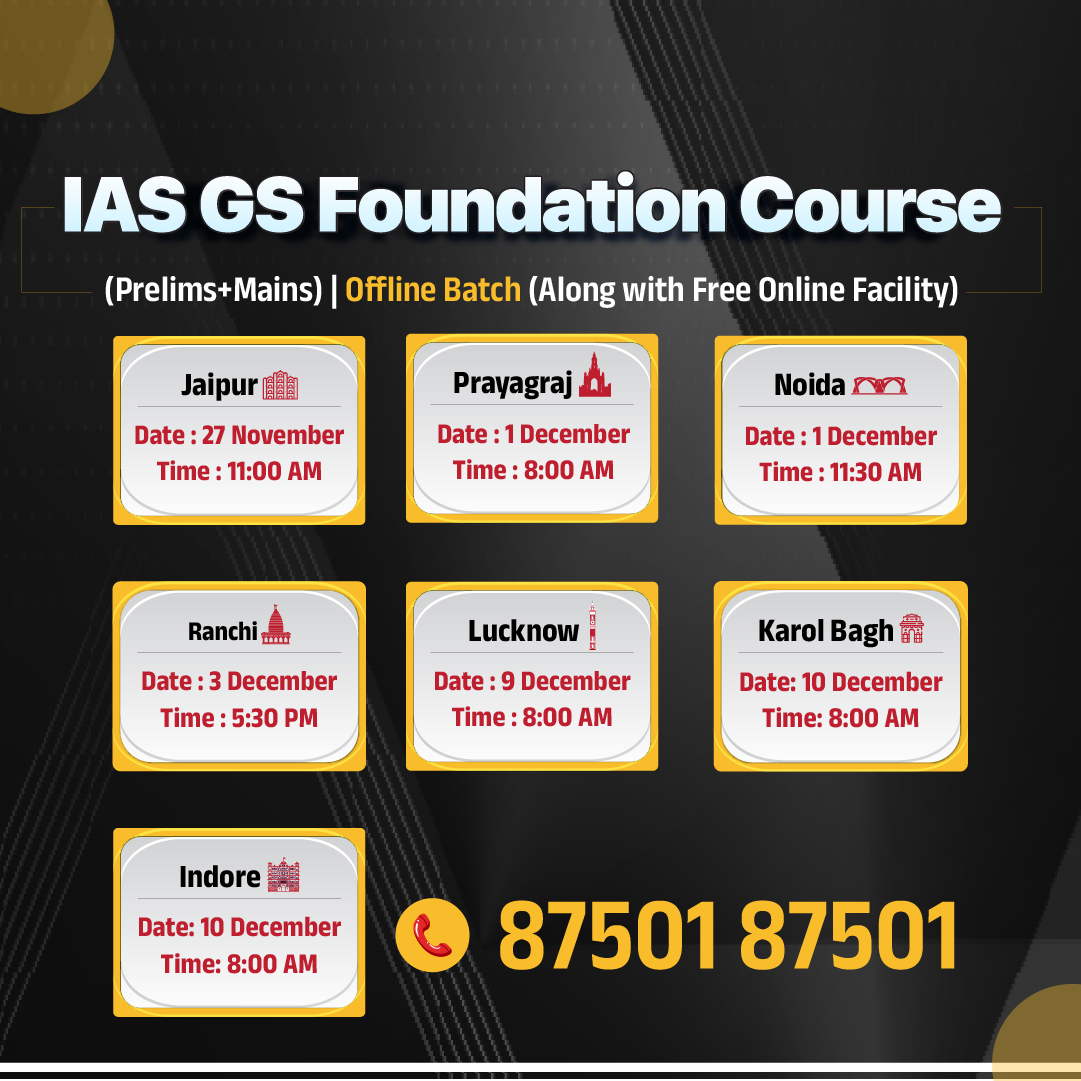



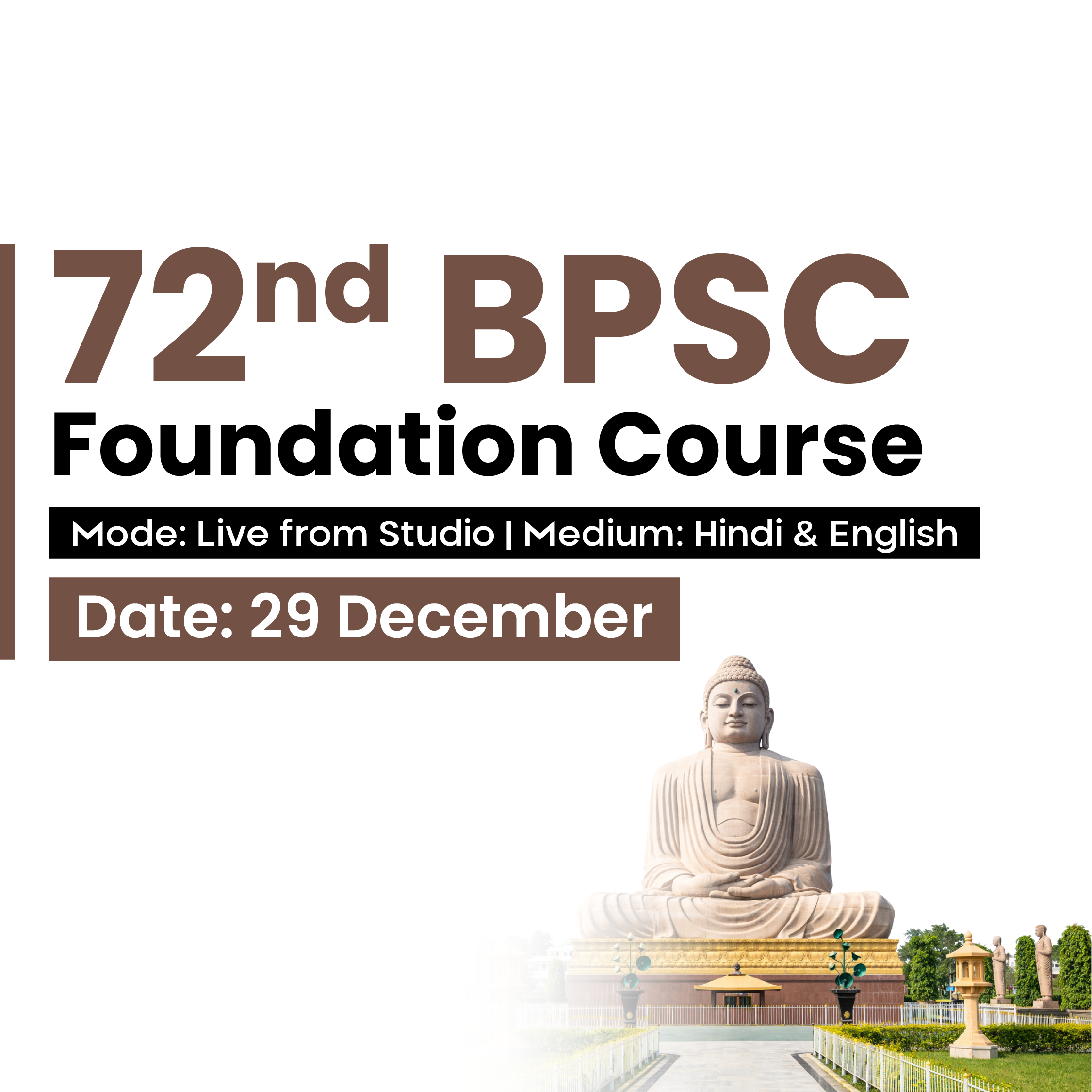






.png)
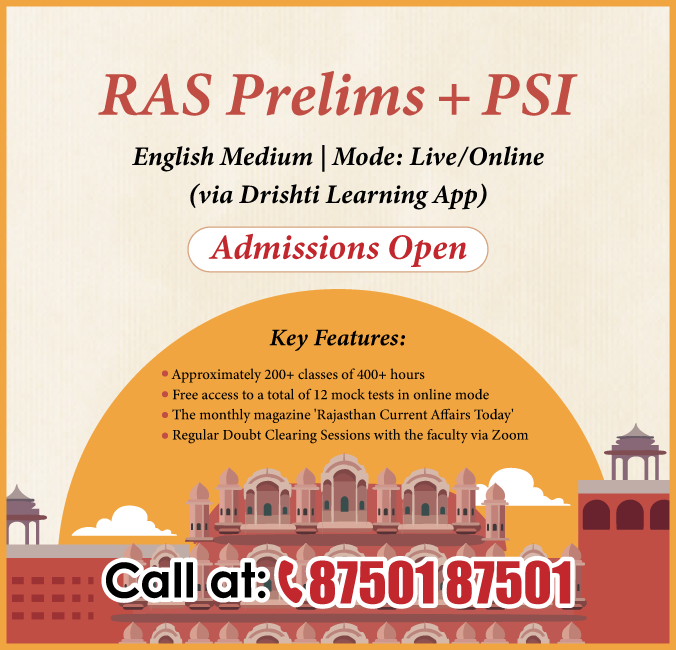

.jpg)

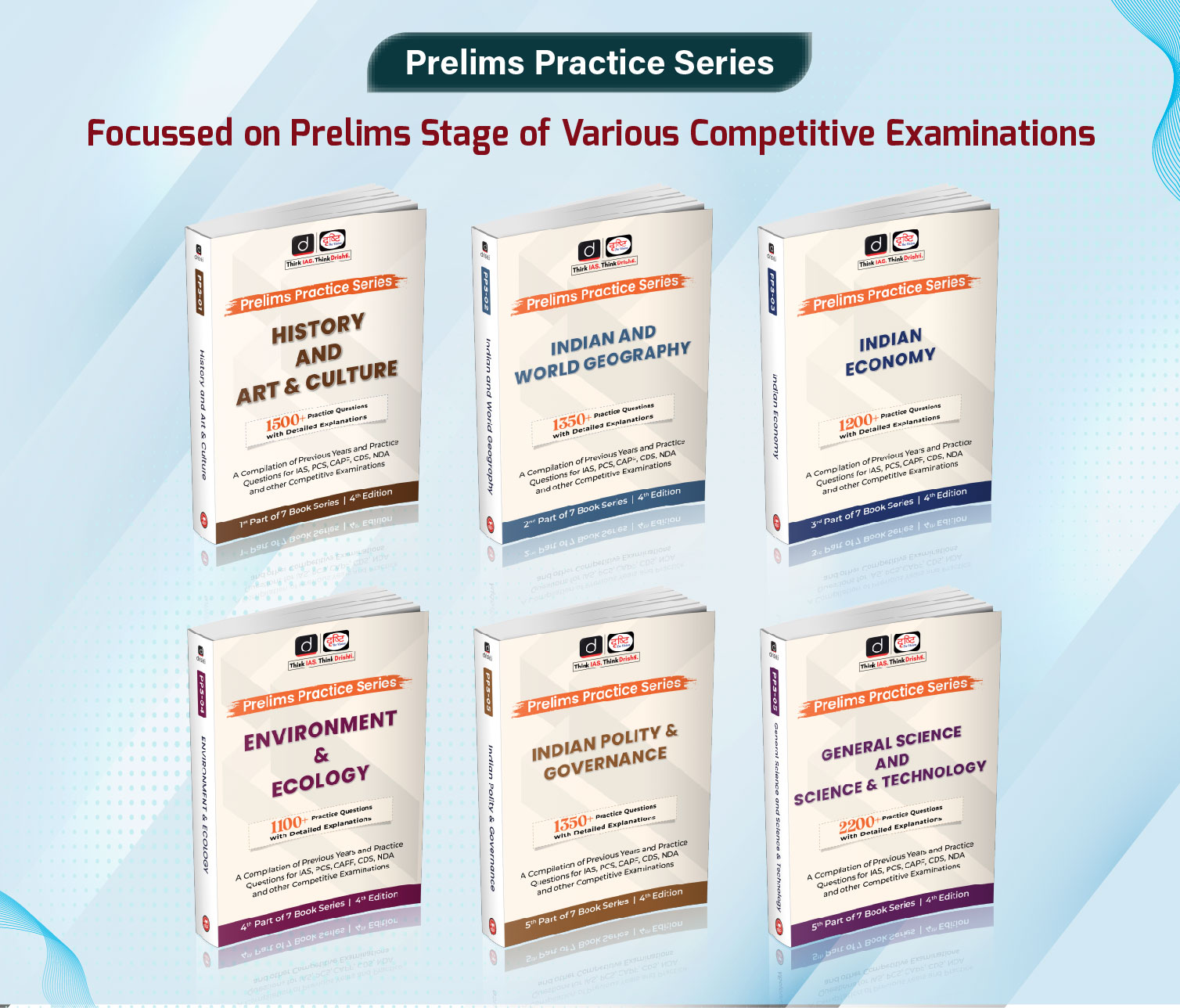

 PCS Parikshan
PCS Parikshan